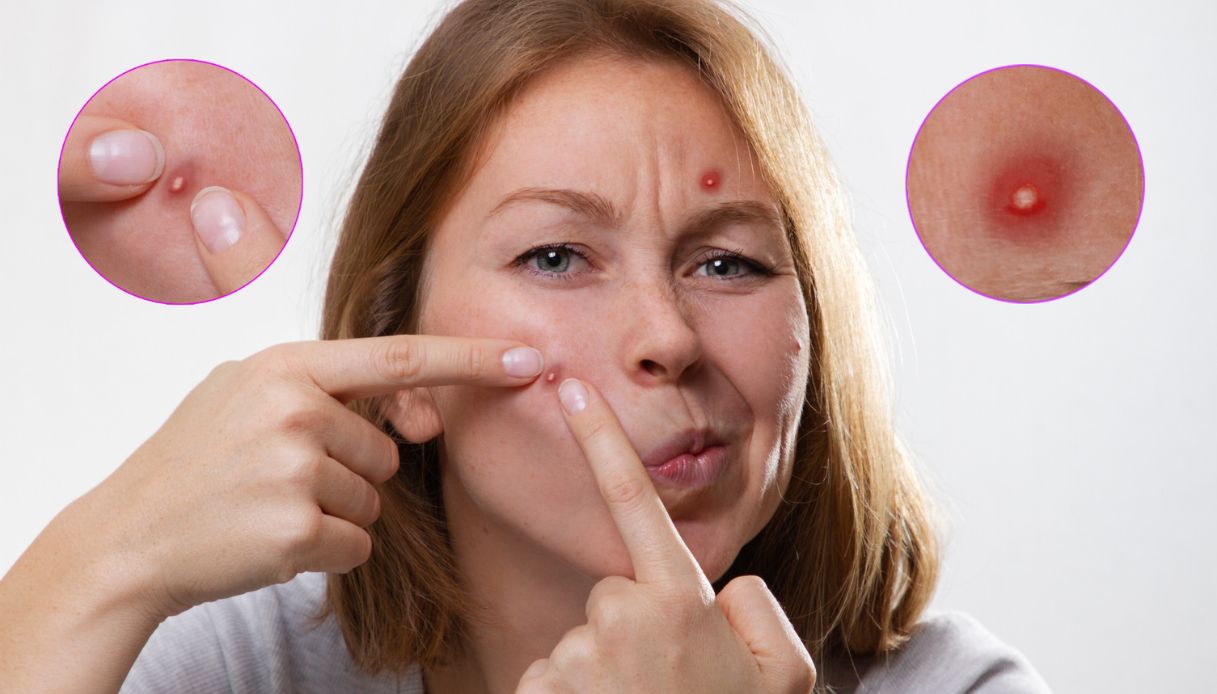What You Need to Know About Sebaceous Cysts: Causes, Symptoms, and Treatments
We have all experienced the frustration of having a pimple or bump appear at the least opportune time. These annoyances can be unsightly, painful, and sometimes tempting to try and remove manually. However, when it comes to sebaceous cysts, manual removal is not necessary.
Understanding Sebaceous Cysts
Sebaceous cysts are benign skin lesions that form beneath the surface of the skin. They contain sebum and dead cells, presenting as lumps or bumps that can be mistaken for pimples. These cysts grow slowly and are most commonly found on the face, ears, back, chest, and scalp. While they may be unsightly, sebaceous cysts are not contagious.
Causes of Sebaceous Cysts
Sebaceous cysts form when a hair follicle becomes blocked due to skin irritation or lesions. The sebaceous glands, responsible for producing sebum, can become trapped, leading to the formation of a cyst. Factors such as trauma, sun damage, acne, or genetic conditions can contribute to the development of sebaceous cysts.
Symptoms and Complications
Sebaceous cysts are usually painless but can become inflamed, swollen, and red if irritated or infected. Complications such as inflammation, rupture, or infection may occur, necessitating medical attention. Monitoring the size and appearance of a cyst is important, as rapid growth or discomfort may indicate the need for treatment.
Diagnosis and Treatment
A physical examination by a healthcare provider is often sufficient to diagnose a sebaceous cyst. In some cases, further tests such as biopsies or imaging may be needed to rule out other conditions. Treatment options range from observation and topical creams to surgical removal for inflamed or infected cysts.
Prevention and Risks
While sebaceous cysts cannot be prevented entirely, minimizing trauma to the skin and keeping the area clean can reduce the risk of complications. Attempting to remove a cyst at home can lead to infection, scarring, or other complications, making professional treatment advisable.
If you suspect you have a sebaceous cyst causing pain, irritation, or cosmetic concerns, seek medical advice for proper evaluation and treatment. By understanding the causes, symptoms, and available treatments for sebaceous cysts, you can effectively manage and address these common skin lesions.
